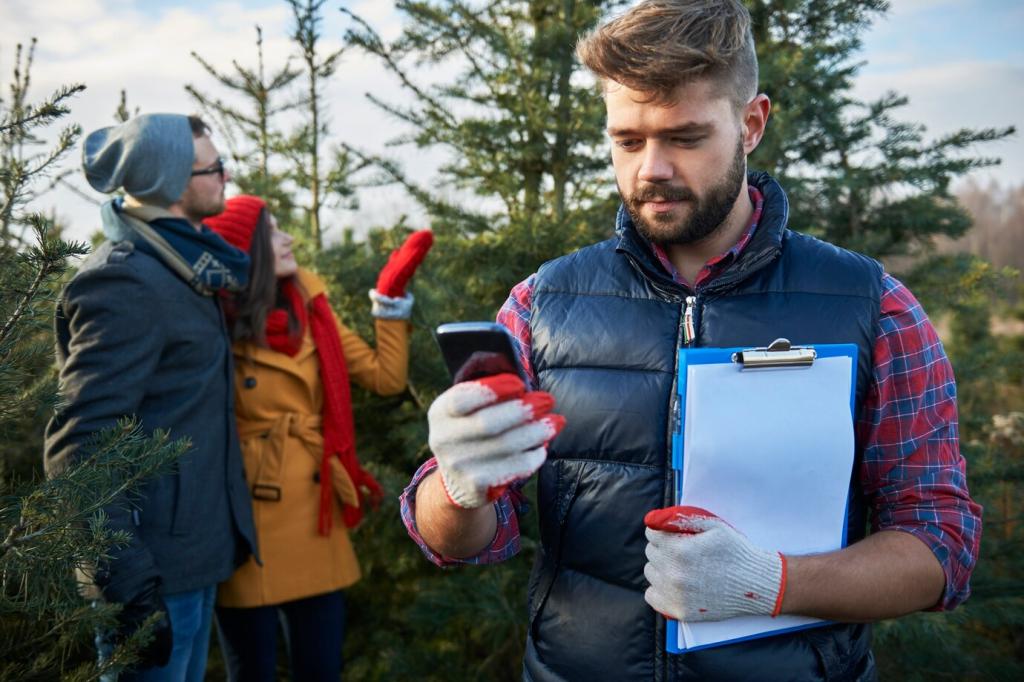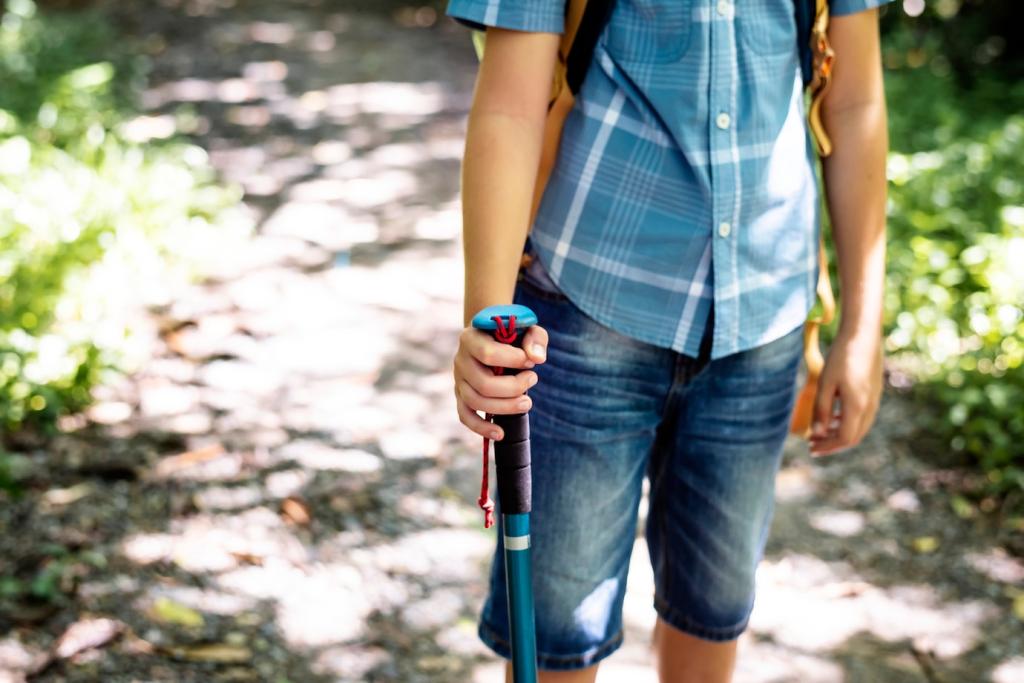
Common Mistakes Beginners Make in National Park Hikes: Learn, Laugh, and Hike Smarter
Chosen theme: Common Mistakes Beginners Make in National Park Hikes. New to the trails? You’re in the right place. Here we turn avoidable blunders into memorable lessons, share real-world stories from the parks, and invite you to join a community that hikes safer, kinder, and more confidently. Subscribe for field-tested tips, park-specific insights, and weekly checklists.
Misjudging Distance, Elevation, and Trail Ratings
Eight hundred feet sounds friendly on paper, until you realize it’s the equivalent of climbing a fifty-story building while carrying water and snacks. Add altitude and heat, and that “easy” stroll becomes a slog. Study grade percentages, check elevation profiles, and ask rangers about steep sections before you commit.
Misjudging Distance, Elevation, and Trail Ratings
Too many hikers chase the sunset without budgeting for the return in fading light. Set a hard turnaround time—half your planned time out, then head back. Golden hour glows, but trail roots and loose rock vanish at dusk. Share your go-to turnaround rule in the comments so others can borrow it.
Misjudging Distance, Elevation, and Trail Ratings
Crowdsourced distances may skip seasonal reroutes, flood damage, or wildlife detours. Always download offline maps, and compare two sources at minimum. Confirm trailhead changes at the visitor center. A local ranger once saved me an hour by flagging a washed-out bridge I wouldn’t have learned about from my phone.
Gear Goofs: Footwear, Layers, and the Myth of Perfect Weather

The Cotton Catastrophe vs Layering Smart
Cotton holds sweat, chills your core, and turns a breezy day into a shiver-fest. Choose moisture-wicking base layers, an insulating mid-layer, and a windproof shell. Desert mornings bite and alpine winds sting, even in summer. If you’ve ever regretted a soggy T-shirt, you already know the lesson here.

Footwear Follies and Blister Myths
Shoes that fit in town can pinch on descents. Size up half a size, try different socks, and learn a heel-lock lace. I once rescued a trip with a simple tape job and a fresh pair of wool socks at mile three. Your future feet will thank your present self.
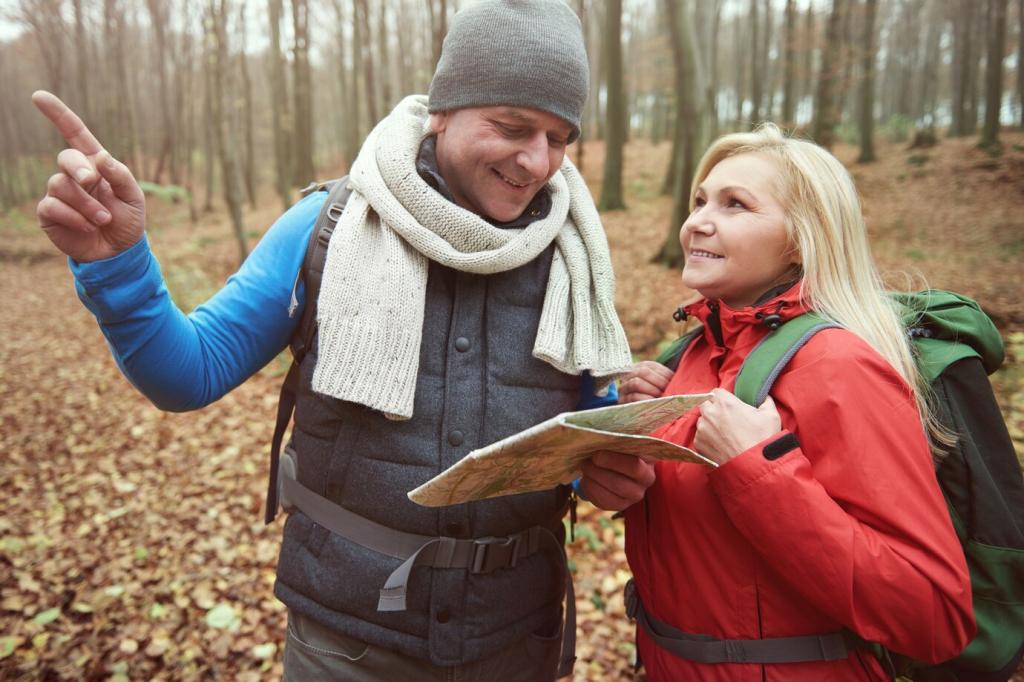
Rain, Sun, and Microclimate Surprises
National parks are patchwork skies. Carry a packable rain shell, a wide-brim hat, sunglasses with UV protection, and reef-safe sunscreen. Shade can vanish, ridges funnel wind, and valleys trap heat. Toss in a light buff for dust or sun. Comment with your favorite microclimate “gotcha” so others stay ready.

No Map? No Margin
Phones die, signals fade, and batteries hate cold mornings. Carry a paper map and a simple compass, and learn to use both. Grab the latest map at the visitor center, mark water sources, and note bailout options. A five-minute prep can prevent a two-hour detour through scratchy scrub.
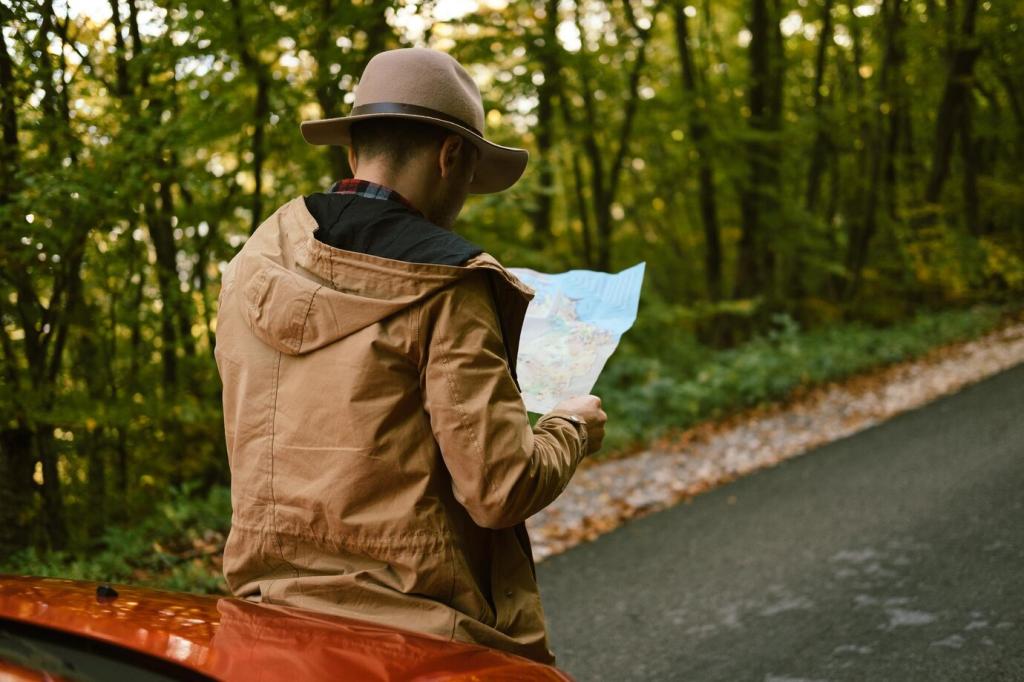
Junction Confusion and Look-Alike Trails
Many parks reuse trail names or reroute after fires, making signs feel cryptic. At every junction, stop and confirm: elevation, direction, and landmarks. Take a photo of the trailhead map and compare it at decision points. A quick pause beats wondering where the last blaze disappeared.
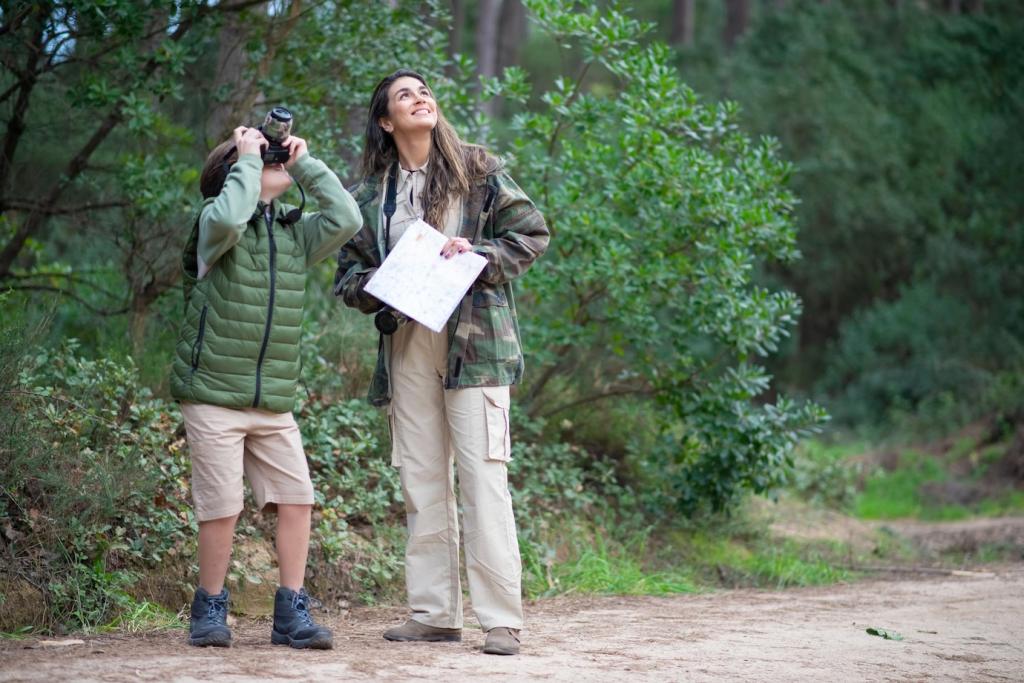
Following the Crowd Isn’t Navigation
Tour buses spill hikers onto wrong turnoffs, and photo spots disguise social trails. I once watched a group march confidently to a viewpoint… on the opposite ridge. Trace the route yourself, look for official markers, and backtrack early if the trail feels wrong. Pride is expensive; pivots are free.

Wildlife and Leave No Trace: Kindness Over Curiosity
A chipmunk begging by a picnic table is already in trouble. Human food sickens wildlife and teaches dangerous behavior. In bear country, unsecured snacks can escalate to euthanized animals. Use odor-proof bags, never stash food in your tent, and model good habits. Share this message with your hike partners.
Wildlife and Leave No Trace: Kindness Over Curiosity
Stay at least 25 yards from most wildlife and 100 yards from bears and wolves. Zoom with your lens, not your feet. I watched a bull elk pivot on a dime during rut—beautiful, and terrifying. Respect behavior cues, read seasonal advisories, and teach kids the why behind the rule.
Weather and Timing: Beating Storms, Heat, and Early Nightfall
Afternoon storms are a near-daily summer ritual in many mountain parks. Start early, aim for high points before noon, and avoid exposed ridges when clouds build. The trail will still be there tomorrow; lightning doesn’t negotiate. What’s your earliest start time trophy? Share it to inspire a dawn patrol.
Weather and Timing: Beating Storms, Heat, and Early Nightfall
Conditions change overnight: rockfall, fire, flash floods. Check the park’s official alerts page the morning of your hike, and again at the trailhead board. In slot canyons, distant storms can trigger floods under blue skies. If you hear a freight-train roar, gain high ground immediately and don’t look back.
Weather and Timing: Beating Storms, Heat, and Early Nightfall
Spring and fall lure hikers with cool air and quiet trails—plus hidden ice. Microspikes, trekking poles, and gaiters transform treacherous traverses into manageable miles. Learn to assess snow bridges and sun exposure. When conditions feel spicy, turn around and share a safety note in the comments.
